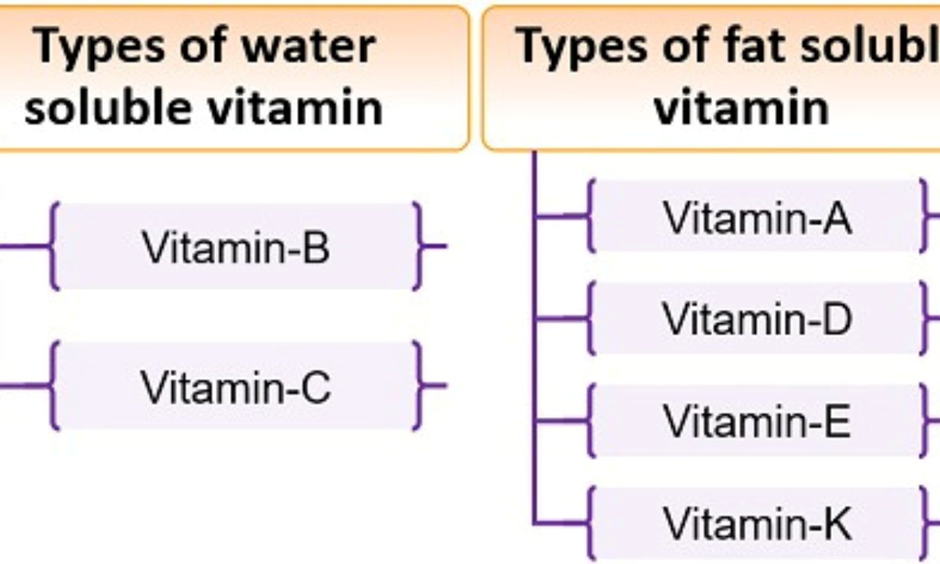A nurse is contributing to the plan of care for a client prescribed continuous enteral feedings. Which of the following actions should the nurse plan to take?
Check the gastric residual every 8 hr.
Change the feeding bag every 24 hr.
Flush the tube with sterile sodium chloride solution every 2 hr.
Position the head of the client's bed at 15.
Correct Answer : B
Correct answer: B
A. Check the gastric residual every 8 hr:
Explanation: It is generally recommended to check gastric residuals more frequently than every 8 hours, often every 4-6 hours, especially in the initial stages of continuous enteral feedings, to monitor tolerance and prevent complications such as aspiration.
B. Change the feeding bag every 24 hr:
Explanation: Changing the feeding bag and tubing at regular intervals helps prevent bacterial contamination and maintain aseptic technique. The frequency of bag changes is typically scheduled every 24 hours or according to facility protocols.
C. Flush the tube with sterile sodium chloride solution every 2 hr:
Explanation: While it is important to flush the feeding tube regularly to maintain patency, using sterile water is typically recommended unless there is a specific clinical indication for sterile sodium chloride. The frequency of flushing (usually every 4-6 hours for continuous feeding) should be determined based on the institution's protocol and the client's specific needs.
D. Position the head of the client's bed at 15 degrees:
Explanation: To reduce the risk of aspiration, the head of the bed should be elevated to at least 30-45 degrees during enteral feedings, not just 15 degrees. Elevating the head of the bed helps prevent reflux and aspiration.
Nursing Test Bank
Naxlex Comprehensive Predictor Exams
Related Questions
Correct Answer is B
Explanation
A. Vitamin A:
Solubility: Fat-soluble, not water-soluble.
Explanation: Vitamin A is a fat-soluble vitamin.
B. Vitamin C:
Solubility: Water-soluble.
Explanation: Vitamin C is water-soluble and plays a crucial role in collagen synthesis, immune function, and antioxidant activity.
C. Vitamin E:
Solubility: Fat-soluble, not water-soluble.
Explanation: Vitamin E is a fat-soluble vitamin with antioxidant properties.
D. Vitamin D:
Solubility: Fat-soluble, not water-soluble.
Explanation: Vitamin D is a fat-soluble vitamin that plays a key role in calcium absorption and bone health.

Correct Answer is A
Explanation
A. Pneumonia:
Dysphagia, or difficulty swallowing, can lead to aspiration, where food or liquids enter the airway and lungs instead of the stomach. This can result in pneumonia, an infection of the lungs. Clients with dysphagia are at an increased risk of developing pneumonia due to the aspiration of foreign material into the lungs.
B. Pressure Injury:
Pressure injuries (formerly known as pressure ulcers or bedsores) are caused by prolonged pressure on the skin, usually over bony prominences. Dysphagia itself is not directly related to pressure injuries. These injuries are more commonly associated with immobility and constant pressure on specific areas of the body.
C. Pulmonary Embolism:
Pulmonary embolism is a blockage of the pulmonary artery, usually by a blood clot that travels to the lungs from the legs or other parts of the body. While dysphagia is not directly associated with pulmonary embolism, conditions that cause immobility (such as being bedridden due to dysphagia) can contribute to the risk of developing blood clots.
D. Diarrhea:
Dysphagia is difficulty swallowing and is not directly related to diarrhea. Diarrhea is often associated with gastrointestinal issues, infections, or dietary factors. Monitoring for complications of dysphagia would primarily focus on respiratory issues, such as aspiration pneumonia.
Whether you are a student looking to ace your exams or a practicing nurse seeking to enhance your expertise , our nursing education contents will empower you with the confidence and competence to make a difference in the lives of patients and become a respected leader in the healthcare field.
Visit Naxlex, invest in your future and unlock endless possibilities with our unparalleled nursing education contents today
Report Wrong Answer on the Current Question
Do you disagree with the answer? If yes, what is your expected answer? Explain.
Kindly be descriptive with the issue you are facing.
